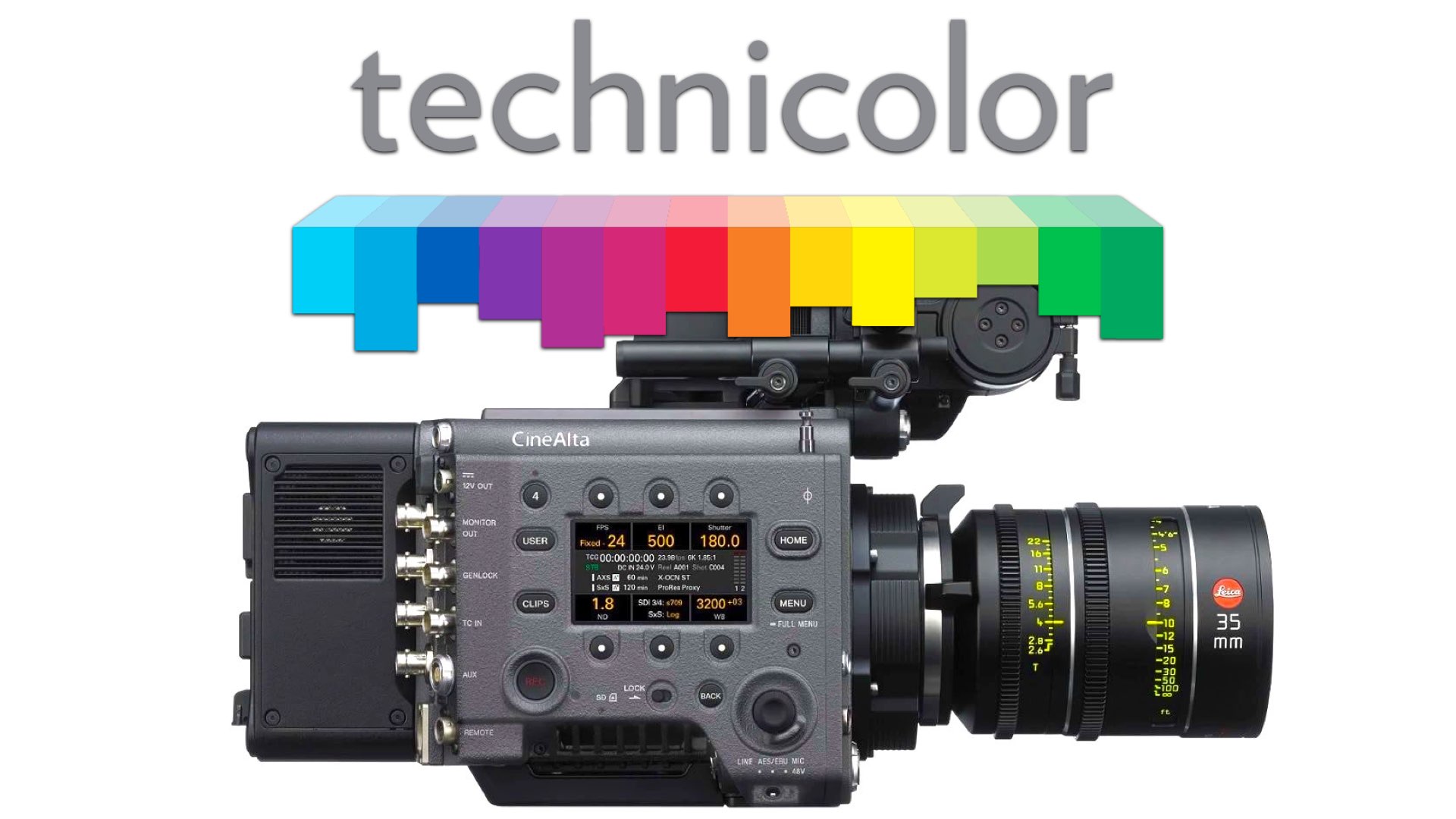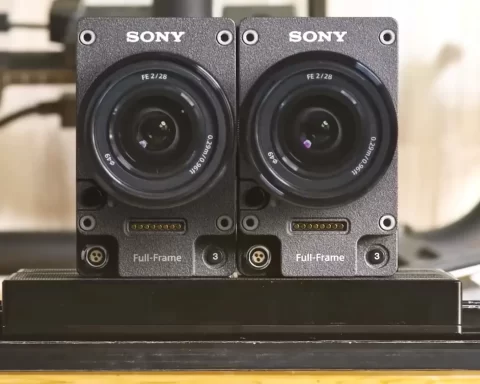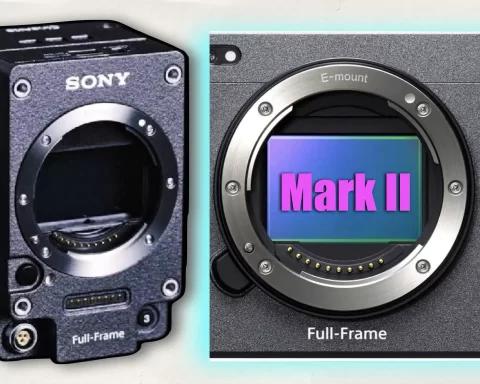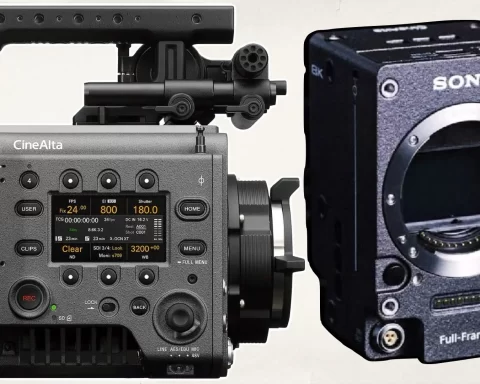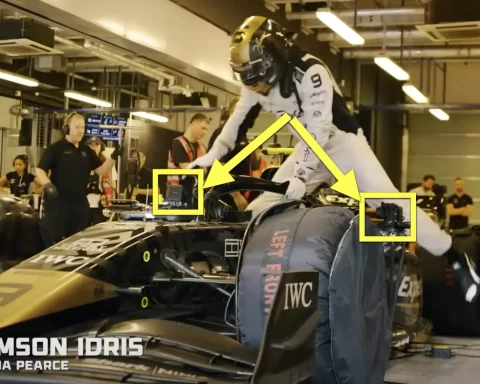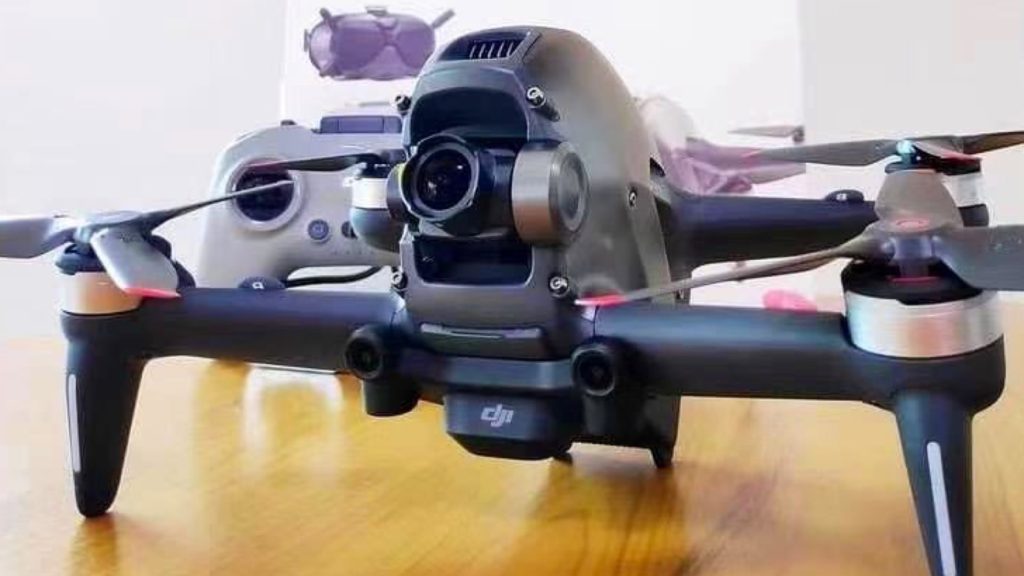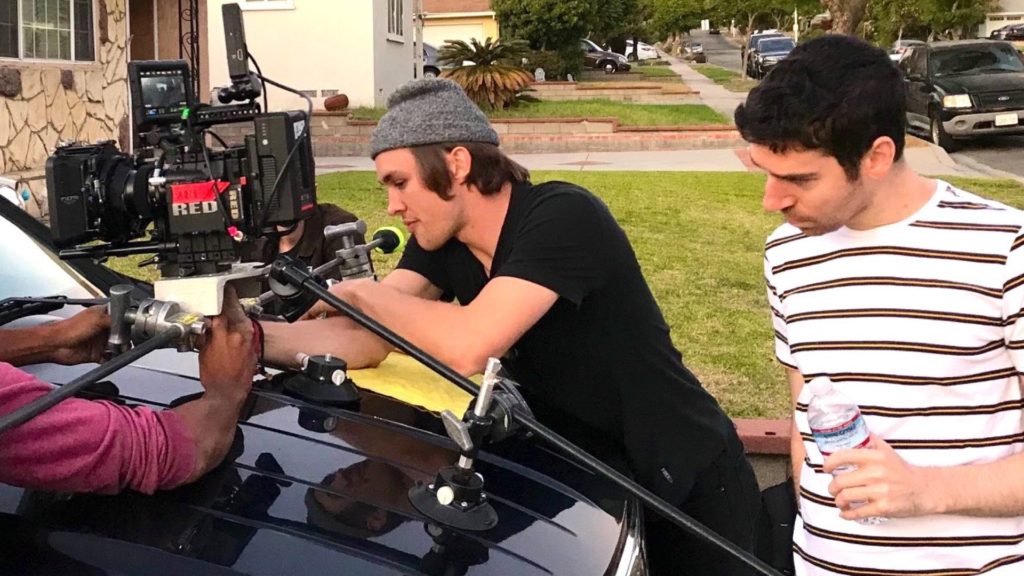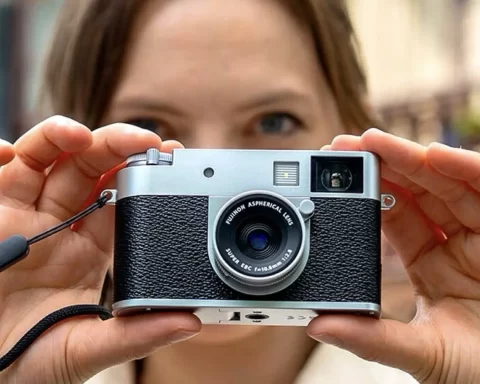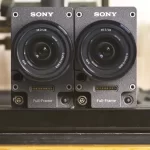A new collaboration between Sony and Technicolor has led a professional LUT collection for VENICE shooters. These Look Up Table (LUT) files can be used for on-set monitoring, as well as be applied in post-production for simplifying the pathway to the desired look. Check them out below.
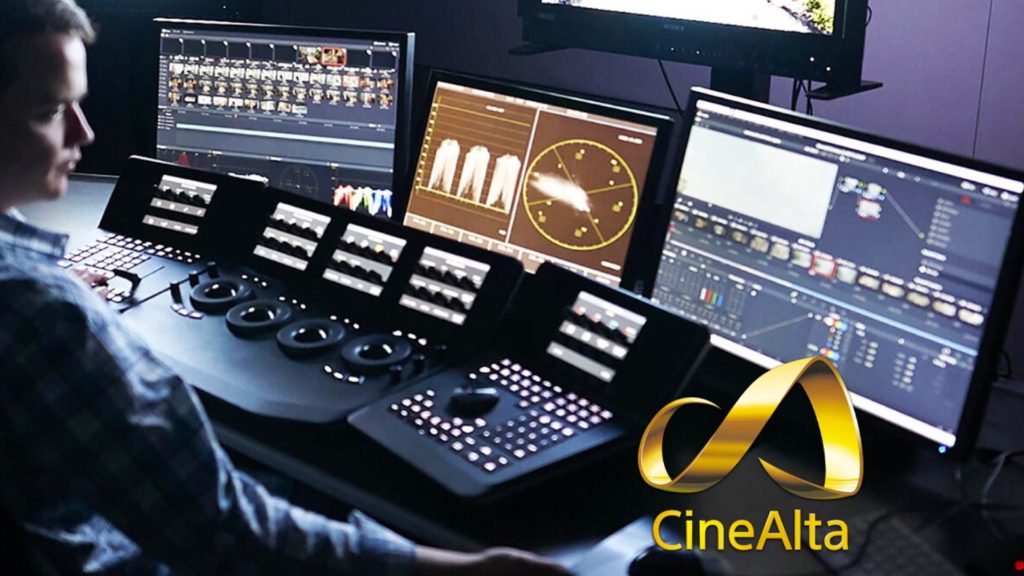
LUT (Look Up Table)
Basically, there are two types of LUTs: Conversion LUT and Artistic LUT. A Conversion LUT translates the flat V-Log material to a more restricted, yet contrasty, dynamic range, and shifts the color space to match the monitor, bringing both parameters to a technical standard for viewing such as Rec. 709. These conversion LUTs provide a neutral matching of the signal to the monitor, so they can be considered technical LUTs. Artistic LUTs create stylistic visuals like soft blue dusk, golden magic hour, or harsh desert sun by combining the technical conversion with creative changes to gamma, contrast, saturation, and other aspects. For that purpose, there’re cinema camera companies that release LUT collections to be utilized during production and post. For instance, Panasonic has released a LUT collection two years ago (read: Panasonic Releases Free and Awesome VariCam & EVA1 3D LUT Library: A gem for Filmmakers), and RED has also released the “RED LUT” collection for its shooters (read: RED Explains How REDCODE Works, Plus New LUTs Are Coming Soon).
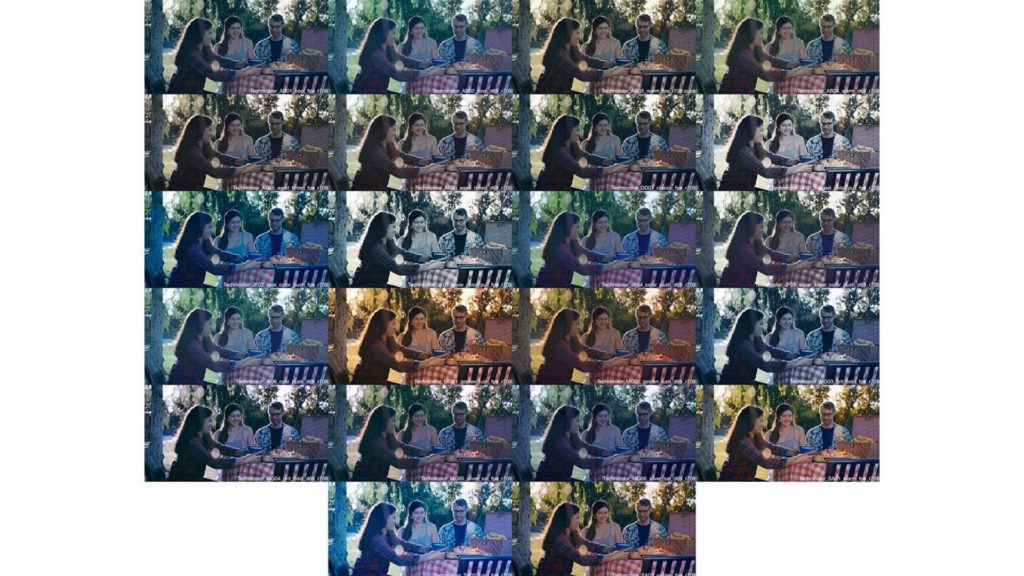
The Technicolor Look Collection for VENICE, as with LUT workflows in general, is typically meant as an aid to help productions envision where the final look is going.
Sony and Technicolor offer free LUTs for VENICE shooters
The new Technicolor Look Collection for VENICE allows any VENICE user to add the artistry and experience of Technicolor colorists to their productions, through free downloads of LUT files. According to Sony, these files can be used for on-set monitoring, as well as be applied in post-production. Specifically, for on-set monitoring, the Technicolor Look Collection for VENICE includes Sony’s new proprietary file format: .art. Sony states that: “The collaboration between Sony and Technicolor to develop custom looks for VENICE was a natural fit since the post house worked closely with Sony on the first production made on the camera in 2017 (“The Dig”, Dir: Joseph Kosinski, DP: Claudio Miranda, ASC).
The purpose of the LUTs
As explained, the Technicolor Look Collection for VENICE, as with LUT workflows in general, is typically meant as an aid to help productions envision where the final look is going. Most productions will choose to do final color grading after the picture edit is locked and VFX shots are added. When colorists and cinematographers work together to create the final grade, the result can be a powerful palette that underscores the moods, characters, and themes of the story.
LUT file structure
Each filename identifies the contributing colorist by their initials and describes methods by which the colorist developed the look. Furthermore, each look consists of four file formats:
- r709 .art files: load in-camera for improved on-set monitoring (Legal range output)
- r709 .cube files: use in post-production for SDR delivery
- 1000N_d65p3_PQ .cube files: use in post-production for HDR delivery
- XYZ .cube files: use in post-production for theatrical delivery
You can download the LUTs at https://sonycine.com/resources/luts/. VENICE Firmware v6.0 is required.
It’s important to note that ART stands for Advanced Rendering Transform. Sony’s custom .art files utilize VENICE’s internal processing power to improve the quality of on-set monitoring, as compared to 3D LUT (.cube) files. You must be running firmware V6.0 or higher to utilize .art files.
Final thoughts
LUT files can be defined as a significant contributor to the production and post processes. Note that the main purpose of the LUT is facilitation regarding the concept definition of the desired look, and to give the cinematographer, director, and colorists an initial idea and inspiration. A professional LUT collection allows the privilege of choosing from a variety of artistic options. However, in most cases, it’s just a starting point, as the final look will have to be rendered further.

